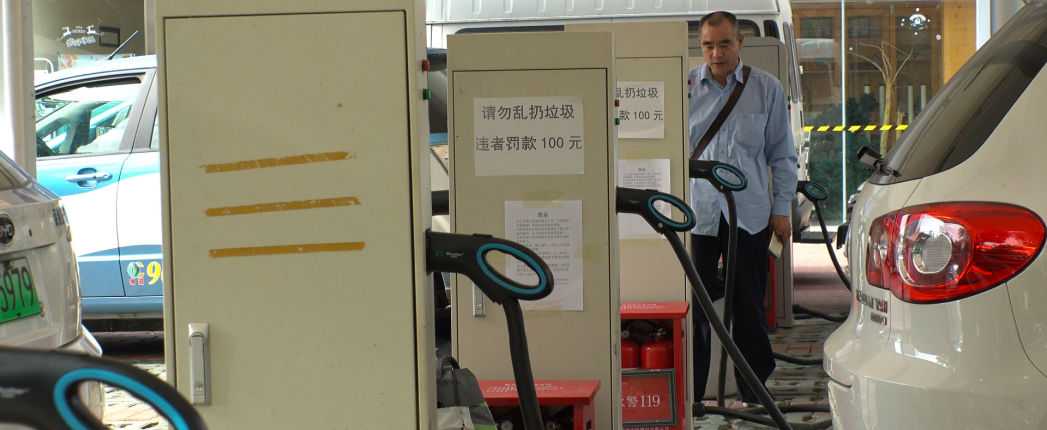
Chinese consumers’ rapid adoption of electric vehicles offers opportunities for suppliers of transmission fluids to meet the changing requirements of evolving EV powertrains, industry exports said at a recent conference.
One emerging EV powertrain technology calls for transmission fluids that also provide thermal management, speakers said at a two-day industry event in Chengdu on July 18 and 19, held by the Xi’an-based consulting firm Muchengyou.
Statistics illustrate the rapid adoption of EVs in the country. In the first half of 2022 China sold 2.6 million alternative energy vehicles, mainly EVs, up 120% year-over-year despite the massive, months-long COVID-related lockdowns in mega cities like Shanghai, according to the China Association of Automobile Manufacturers. In contrast, the year-over-year sales growth of internal combustion engine-powered vehicles in China dropped 6.6% to 12.1 million during that period.
“A lot of lube suppliers are worried about the speedy EV adoption in China because they said it could threaten their business,” said Sun Xueyou, general manager at Letof Oil Co., a blender based in Daqing, Heilongjiang province. “But I see a new opportunity thanks to the evolving powertrain system in EVs.”
He cited the integrated drive module, known as IDM, as an example. An IDM puts an e-motor, a transmission and power electronics into a single compact design, or eAxle, in which the transmission oil doubles as a cooling agent.
“It demands transmission fluids have great thermal management performance as well as other properties, such as low conductivity and protection for electrical wires,” Sun said. Conventional gear oil, he continued, cannot be used in IDMs because they do not have such properties.
Afton Chemical’s engineer Dong Zhilei agreed, adding that with the powertrain system design getting more integrated and compact, the e-motor cooling sees a big change.
“The e-motor cooling is changing from indirect water-glycol cooling to direct oil cooling due to the development of powertrain system design,” he said. “In IDM, the e-motor requires direct oil-cooling to control the heat as it tends to adopt high speed of rotation to achieve high efficiency.”
When blending fluids for oil-cooled eAxles, Dong cautioned that suppliers should choose additives carefully to achieve overall balanced performance, including good compatibility for motor materials while achieving sufficient mechanical protection on gears and bearings.
“It takes a lot of tests to develop the right fluid solution for (oil-cooled) eAxles,” Dong said.
Currently most EV motors are not eAxle-equipped, and their e-motors are still water-glycol cooled, but Dong and Sun said oil cooling and IDMs will eventually become the mainstay. Indeed, BorgWarner has already been supplying IDMs to big original equipment manufacturers like Ford and Hyundai in the past couple of years. Chinese developers have also joined the field, with BYD, Great Wall Motor, Geely Motor and Ningbo, Zhejiang province-based Wanliyang Transmission in the lead, gearing up to develop IDMs.
“Oil suppliers must see the growing adoption of IDM and get ready for the changes in fluids,” Sun said.